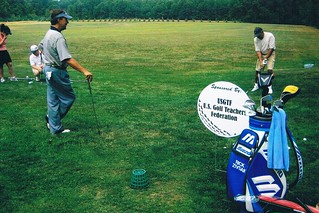I’d like to draw your attention to the concepts of two authors: Robert Kiyosaki (the author of the famous book Rich Dad, Poor Dad) in his book The Cash Flow Quadrant, and Michael Gerber in his book The E-Myth Revisited.
In The Cash Flow Quadrant, Kiyosaki draws a chart with four quadrants, labeled E, S, B, and I. The initials stand for Employee, Self-Employed, Business owner, and Investor.
For most of my clients, the crucial distinction is between S and B. Many of my clients are self-employed. They have a particular set of skills — let’s say a graphic designer, or a golf teacher, or even an attorney. And they make a living selling those services to others. The advantages are many. Often they have no employees, little or no overhead, and they love the work. The disadvantage is that the business is entirely dependent on that person.
Michael Gerber, in his books, identifies this sort of person as a “technician” (a hair stylist, an IT specialist, a chef) having “an entrepreneurial seizure” (when they say to themselves “I can do this on my own better than my boss is doing it.”).
At this point, Gerber would say, you don’t own a business, you own a job. Owning a business is different. The business does not depend on your participation.
Here’s an example: you and your wife buy a 7-Eleven convenience store. You hire a manager, who hires employees. You pay a franchise fee and your manager buys supplies from the company. You get all financial reports. But you don’t work in the business. You’re not pulling counter duty.
If your economic model is entirely dependent on your skills and talents, you don’t own a business, you own a job. If so, you are at risk and you’d better have plenty of legal protections and a bunch of disability insurance.
But that’s another blog post.


